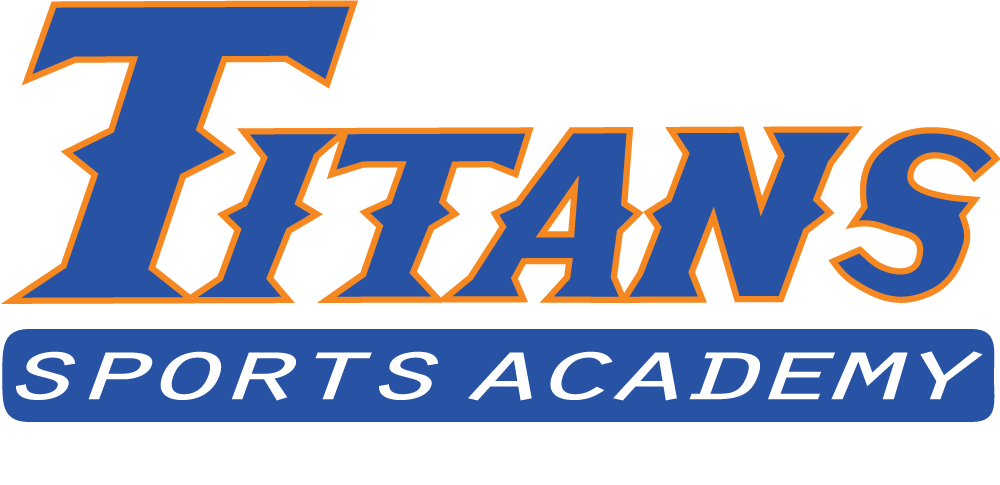Controlling Rotation: a Path to Hitting Bombs and Throwing Gas
This month we are continuing to build on building a strong foundation to improve athletic performance through understanding movement patterns. Baseball is a rotational sport, developing power as a hitter and efficient mechanics on the mound comes from control over rotational movements. Throughout these movements we rotate at several joints in the body. Our spine, hips, and shoulders all combine to generate the force needed to excel at these movements. In fact, during the pitching motion the shoulder rotates so fast that it causes stress higher than the Ulnar Collateral Ligament (UCL) is supposed to be able to tolerate. It is our body’s ability to harness rotation that protects us from injury everytime we throw. When we CANNOT control rotation, or there is a deficit with rotation, we can be at an increased risk of injury, pain, or decreased performance. Ever hear of GIRD?
GIRD (Gross Internal Rotation Deficit) is a common term in the throwing population that is often discussed and often misunderstood. This concept is that the throwing athlete has a significant loss of internal rotation on the throwing shoulder resulting in tightness of the back of the shoulder. It is natural for throwing athletes to have reduced internal rotation and increased external rotation of the throwing shoulder. The question is what is dangerous and what is normal? This is different for each position and based upon the age of the thrower; so I will break down with more depth the concept of GIRD in an upcoming video for the Titans website. For now here is an article by Mike Reinold for those interested.
https://mikereinold.com/gird-glenohumeral-internal-rotation-deficit/
As you can see from the video, the throwing athlete has to handle rotation at incredibly high speeds. This results in a large force placed upon the body. Therefore, it is important for our body to master the use of rotation to perform at a high level.
Two interesting articles from Driveline Baseball and the Florida Baseball Ranch looked at different components of throwing and how they correlate to velocity. Trunk control and rotational movements are a big factor. Both are science heavy articles with a lot of big words.
Driveline: https://www.drivelinebaseball.com/2019/02/biomechanics-rewind-look-numbers-last-six-months/
- Angle of trunk at ball release related to increased force on inside of elbow and shoulder internally rotating
- Velocity of trunk movement related to increased stress on elbow and forearm during throwing
This study was a starting point to build off of for further study, training programs, and ways to analyze athlete’s movements for ways to improve performance and safety. There are a lot of different ways to train rotation, and it is dependent upon the athlete’s impairments. However, here is a short video of a drill working on transferring force from the back leg through the motion, while driving back leg rotation at the hip.
Florida Baseball Ranch: a study looking at forces created during throwing and their potential implication on velocity and pain. There was a lot of similarities between the two. Attractor meaning Here is one of the best graphics from the article.
- Their study found a correlation between the legs and trunk with velocity.
- All 3 attractors to pain can be influenced by our ability to control rotation.
This quote from the article talks about the intersection of throwing hard and safe.
“There are a lot of ways to throw hard. There are not a lot of ways to throw hard AND safely for a long time, and stability in the back leg is at the center of both.”
There is a nice video at the bottom of the article with a progression of exercises to work on utilization of the back leg and transferring force throughout the body to deliver a pitch.
I am currently working on developing several short videos to address different points in each article, as well as drills to work on certain movement patterns. In the meantime, please feel free to reach out with any questions or suggestions you may have.
Thank you,
Sean Macko
PT, DPT, Baseball Healthcare Provider
https://www.baseballhealthpros.com/find-a-provider
https://ptsolutions.com/request-an-appointment/
Email: sean.macko@ptsolutions.com
Phone number: (770) 438-5162

